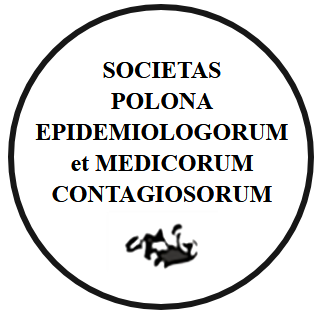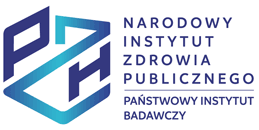ABSTRACT
INTRODUCTION. The National Cancer Control Programme 2006-2015 (NCCP) was implemented to improve the health situation of Polish women in 2006. Its effectiveness was evaluated by analysing trends of changes in incidence rates of pre-invasive (D05) and invasive (C50) breast cancers in three age cohorts: pre-screening cohort (69).
MATERIAL AND METHODS. Medical data of 13,089 women with C50 and 738 women with D05 diagnosed in 2005-2014 in the Lower Silesian Voivodeship (LS) were analysed.
RESULT. In 2009-2014, incidence rates of C50 (p=0.0224) and D05 (p=0.0003) were found to be higher in the LS than those recorded for Poland. During this period, there were approx. 1,400 cases of C50 and 90-100 cases of D05 per year. After the NCCP had been implemented, there was a gradual increase in the proportion of the female population included in the mammography screening, from 32% in 2007 to 45% in 2014. The age group included in the screening programme experienced a significant increase in the proportion of pre-invasive cancers – from 3% in 2005 to 7-10% in 2010-2013. In that group, cancer was statistically more frequently detected in Tis- or T1- stages (p=0.0002). Beneficial effects of screening were also observed in post-screening women. There was no similar trend in patients aged CONCLUSIONS. This analysis shows positive population effects of mammography screening. The least favourable changes in the detection of early stages of breast cancer were observed in female patients aged less than 50 years. This suggests that some modifications regarding both the age range and the screening interval in the Polish population should be considered.
STRESZCZENIE
WSTĘP. Narodowy Program Zwalczania Chorób Nowotworowych na lata 2006-2015 (NPZChN) został wdrożony w celu poprawy sytuacji zdrowotnej kobiet w Polsce w 2006 roku. Jego skuteczność oceniono, analizując trendy zmian zachorowalności na przedinwazyjne (D05) i inwazyjne (C50) raki piersi w trzech kohortach wiekowych: przedskryningowej (69).
MATERIAŁ I METODY. Analizie poddano dane medyczne 13 089 kobiet z C50 i 738 kobiet z D05 zdiagnozowanych w latach 2005-2014 w województwie dolnośląskim (DS).
WYNIKI. W latach 2009-2014 stwierdzono, że współczynniki zachorowalności na C50 (p=0,0224) i D05 (p=0,0003) były w DS wyższe niż notowane dla Polski. W tym okresie odnotowywano ok. 1 400 przypadków C50 i 90-100 przypadków D05 rocznie. Po wdrożeniu NPZChN następował stopniowy wzrost odsetka populacji kobiet objętych przesiewowymi badaniami mammograficznymi, z 32% w 2007 r. do 45% w 2014 r. W grupie wiekowej objętej programem przesiewowym odnotowano znaczący wzrost odsetka raków przedinwazyjnych – z 3% w 2005 r. do 7-10% w latach 2010-2013. W tej grupie pacjentek C50 był statystycznie częściej wykrywany w stadium Tis lub T1 (p=0,0002). Korzystne efekty skryningu były obserwowane także u kobiet w wieku poskryningowym. Nie zaobserwowano podobnego trendu u chorych w wieku WNIOSKI. Analiza ta wskazuje na pozytywne efekty populacyjne przesiewowych badań mammograficznych.
Najmniej korzystne zmiany w zakresie wykrywania wczesnych stadiów raka piersi zaobserwowano u pacjentek w wieku poniżej 50 lat. Sugeruje to konieczność rozważenia modyfikacji zarówno przedziału wiekowego, jak i odstępu między badaniami przesiewowymi w populacji polskiej.
You can change cookies settings in your browser. Restricted use of cookies in the browser configuration may affect some functionalities of the website.





